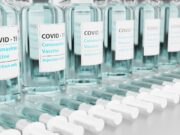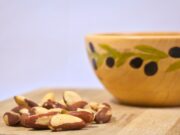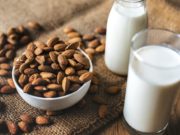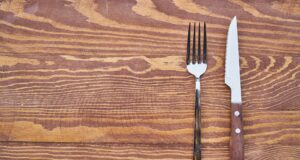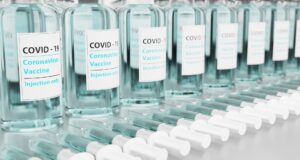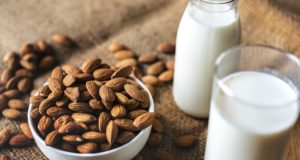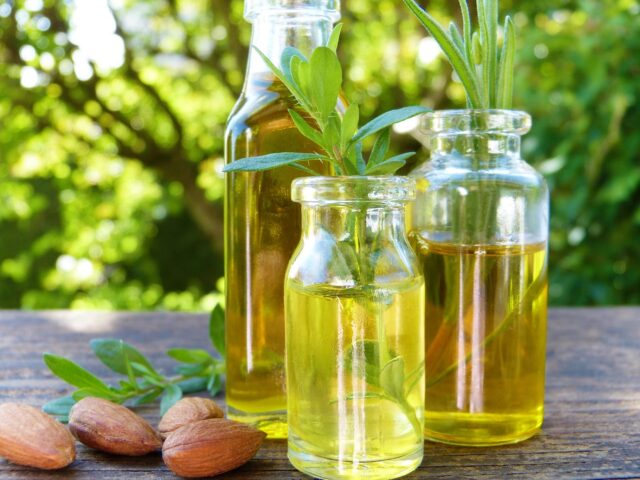I have rarely seen an interview that is so groundbreaking for preventative health as the one that I’m putting at the bottom of this post! Tucker Goodrich who with his engineering background, and I have seen this before, has mastered the dilemma of the dangers of “Linoleic Acid”, or LA.
But more than that he has resolved an approach that only a very widely read researcher could come up with!
A quick summary:
- Linoleic acid (LA) makes up the bulk — about 60% to 80% — of omega-6 fat and is the primary contributor to nearly all chronic diseases. When consumed in excessive amounts, LA acts as a ‘metabolic poison’!
- Polyunsaturated fats such as LA, are highly susceptible to oxidation which means the fat breaks down into harmful subcomponents. Oxidated LA Metabolites (OXLAMS) are what cause the damage
- Over the last 150 years, the human diet’s LA component has increased from 2-3 grams daily up to 30-40 grams. LA used to make up 1% to 3% of the energy but now makes up 15% to 20% of human diet energy.
- The omega-3 to omega-6 ratio is also important and the common advice to simply increase the amount of omega-3 we eat is over simplified and ill advised. We really need to minimize our omega-6.
- At a molecular level, excess LA consumption damages our metabolism and impedes our body’s ability to generate mitochondrial energy.
Worse fats are the unstable ones…polyunsaturated fats. Seed Oils, when consumed in excessive amounts, which over 99% of people do, LA (an omega-6 polyunsaturated fat or PUFA) act as a metabolic poisons….vegetable oils, loaded with omega-6 PUFAs, are to be avoided.
Chances are we still get too much of this dangerous fat from supposedly healthy food sources, such as olive oil and chicken (which are fed grains rich in LA).
Side issue on olive oil.
Side issue on olive oil. Get it from a trusted source such as Costco that can do the origin research! There is so much fraud relating to Olive Oil!
Broadly speaking, there are three types of fats:
- Saturated fats, which have a full complement of hydrogen atoms
- Monounsaturated fats, which are missing a single hydrogen atom
- PUFAs, which are missing multiple hydrogen atoms
- The missing hydrogen atoms make PUFAs highly susceptible to oxidation, which means the fat breaks down into harmful metabolites.
While excess sugar is certainly bad for your health and should be limited to 25 grams per day or less, it doesn’t oxidize like LA does so it’s nowhere near as damaging.
- Over the last century, thanks to fatally flawed research suggesting saturated animal fat caused heart disease, the LA in the human diet has dramatically increased, from about 2 to 3 grams a day 150 years ago, to 30 or 40 grams a day.
- At a molecular level, excess LA consumption damages your metabolism and impedes your body’s ability to generate energy in your mitochondria.
- So the KEY is to avoid SEED oils such as contained in all those bottles for salads, most oils for cooking and nearly everything out there in stores and restaurants!







